Wa Palace Scenic Area Handan City
Wa Palace, located in Zhonghuangshan Mountain, Shexian County, Handan City, Hebei Province, covers an area of 5 square kilometers. It consists of five parks: service area, Butianyuan Garden, Butianhu Lake, Wa Palace and Butianyu Valley. It is the place where Nuwa "builds human beings with earth and makes stone to fill the sky" in myth and legend. It is the largest building in China and the earliest time when it was built to worship human beings. The Ancient Architectural Complex of the First Ancestor Nuwa.
Wa Imperial Palace was built in the Northern Qi Dynasty. At the beginning, it was built by Emperor Wenxuan Gaoyang of the Northern Qi Dynasty. At the beginning, it opened three stone chambers and carved several gods. After generations of repairs and renovations, the Wa Palace now covers an area of 760,000 square meters. Nowadays, most of the buildings are in Ming and Qing Dynasties, while the relics of the Northern Qi Dynasty leave only grottoes and cliff inscriptions, totaling 6, which is the earliest and the largest number of words in the existing cliff inscriptions in China.
Every year from the first day of March to the eighteenth day of March in the lunar calendar, it is the day of the local temple fair, Nuwa's sacrifice. It was the first time that people from many parts of the country and overseas Chinese came to worship the humanities of the Chinese people. It was the largest, earliest and most influential historical and cultural relic of the worship of Nuwa in China. It was known as the "ancestral Temple of China" and one of the sacred places for ancestors in China.
In 1996, the Wa Palace was listed as a national key cultural relic protection unit, and on October 15, 2015, it was rated as a national AAAAA tourist attraction. In 2012, the Wa Palace scenic spot was listed as a national scenic spot.
Wa Palace is located on Zhonghuangshan Mountain in Shexian County, Hebei Province. It is one of the five sacred places for ancestors in China. It is the largest historical and cultural relic worshiping Nuwa with the earliest construction time and the widest influence in the country. It is known as the "Chinese ancestral temple". Founded in the Northern Qi Dynasty, from 550 AD to 577 AD, it has a history of more than 1,400 years. It is the place where Nuwa's "Stone Refining, Heaven Refining and Man Creating" in myth and legend.
Wa Palace, commonly known as "Grandma's Top", is located in the northwest of Shexian County, on the mountainside of Tang Wang'e. It is one of the eight ancient scenic spots in Shexian County. It is a well-known tourist attraction far and near. Wa imperial palace is in accordance with the situation on the mountain, skillfully borrowing nature, known as "the realm created by heaven and earth". It is not only magnificent and unique in architecture, but also well preserved the rare cliff carvings in China. It is a rare natural and cultural landscape and is listed as a key cultural relic protection unit in the country.
In 2005, Shexian Wa Palace was rated as a national 4A-level tourist attraction; in 2006, Shexian was named "the Town of Chinese Nuwa Culture" by the Chinese Federation of Chinese Literature and the Chinese People's Association, and the "Research Center of Chinese Nuwa Culture" was established, and the "Nuwa Festival" was listed in the first batch of national folk intangible cultural heritage.
Shexian will also liaise with various Nvwa sites and experts and scholars in China, establish the "Chinese Nvwa Cultural Fellowship", strengthen communication and exchange, jointly organize academic seminars, in-depth excavation and research of Nvwa culture, and jointly declare world cultural heritage.
On October 31, 2012, the State Council issued a circular on the publication of the list of the eighth batch of national scenic spots. The Wa Palace scenic spot was approved as a "national scenic spot". In 2013, there were 1.714 million visitors to Wa Palace and 56,000 overseas visitors.
The Wa Palace in Shexian County is the largest and earliest ancient building worshiping the ancient goddess Wa, built in the 6th century A.D. Up to now, it has a history of more than 1400 years. It was built by Emperor Wenxuan during his reign in Gaoyang (550 - 560 A.D.).
According to the inscriptions here, the site was first built at the time of Emperor Wendi of the Han Dynasty, but at the beginning it was very small, with only three temples (only three stone chambers and some gods). After the construction of successive dynasties, the scale of the site was expanding. According to the Records of Shexian County, Emperor Wenxuan of the Northern Qi Dynasty took Yecheng (Linzhang County, Handan City, now with Tonglaotai) as its capital and Jinyang as its accompanying capital. Emperor Wenxuan Gaoyang traveled from Yecheng (Linzhang) to Jinyang and came and went under the hills to leave the palace for his patrol. (It's controversial. It's not a departure.)
Because the mountains are emerald and the beautiful Zhonghuangshan (Nvwa Mountain) is a must for the emperor of the ocean to travel to the capital city of the Northern Qi Dynasty, Yecheng (Linzhang County, Handan City, now with Tonglaotai) and Jinyang, and the emperor of Gaoyang is luxurious in nature, loves to revitalize civil engineering, and especially likes to carve classical sculptures, so he chose Phoenix Mountain to build the Palace of the Emperor of Wa. 。 Emperor Wenxuan Gaoyang "believed in Shishi and liked carving Buddhist scriptures" built the Wa Imperial Palace on a large scale here, and excavated stone chambers at the foot of the mountain, carved Buddhist statues inside, and later laid the Buddhist scriptures "under the rock wall". By the Ming Dynasty, many palaces had been built one after another, and in the Qing Dynasty they had been rebuilt on a large scale. Over the years, it has gradually become a group of buildings covering more than 15,000 square meters.
For thousands of years, Wa Palace has been burned down for generations. Today, most of the buildings seen are Ming and Qing Dynasty buildings, while the remains of Beiqi Dynasty are only grottoes and cliff inscriptions. There are three caves on the cliff wall, besides Wahuang Pavilion's base cave, there are two caves on the right side, namely "Eyesight" and "Silkworm Aunt". The statues in the caves have been destroyed and incomplete, but the inscriptions on the inner wall are relatively intact.
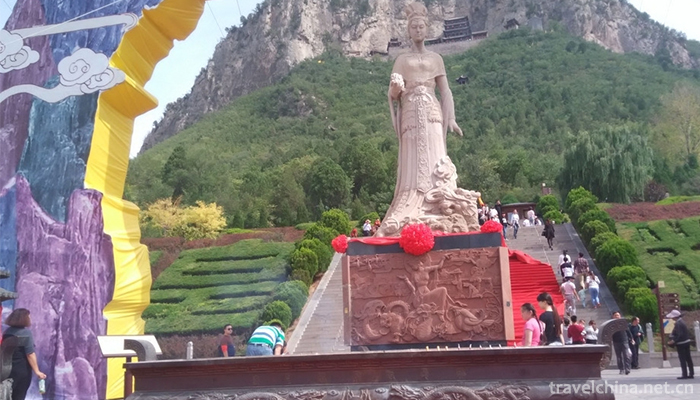
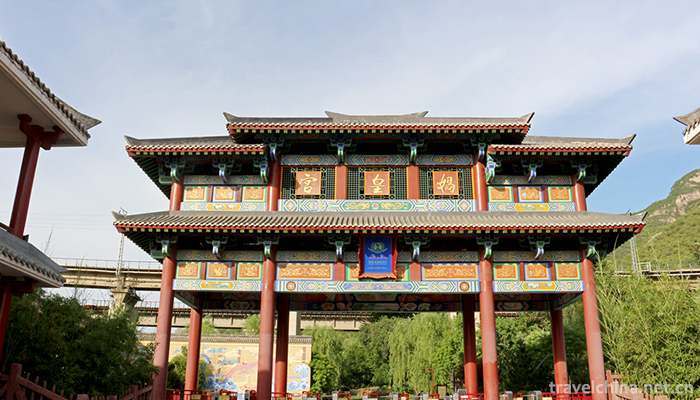
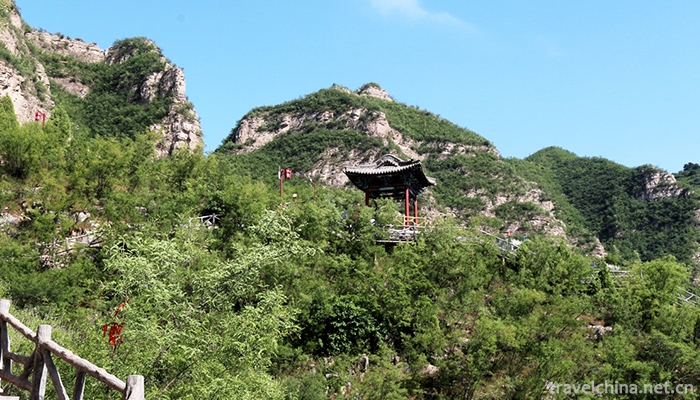
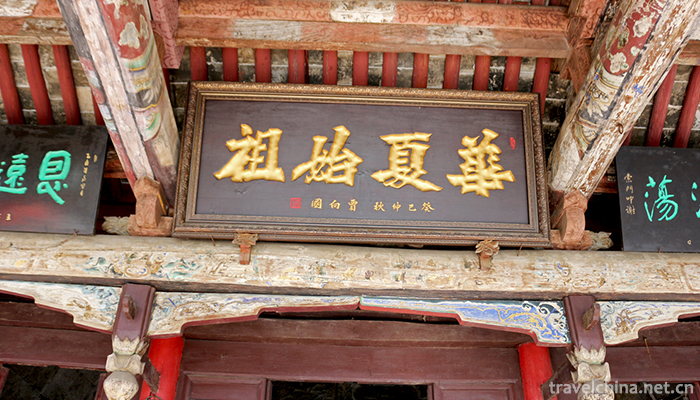
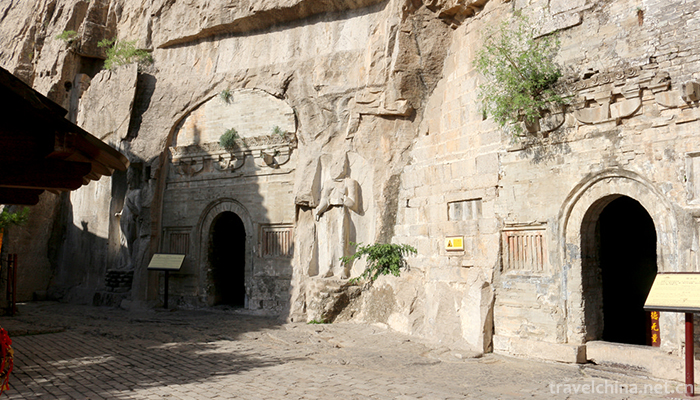

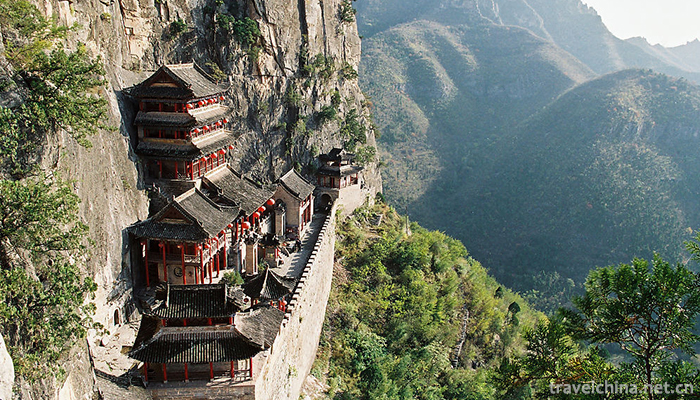
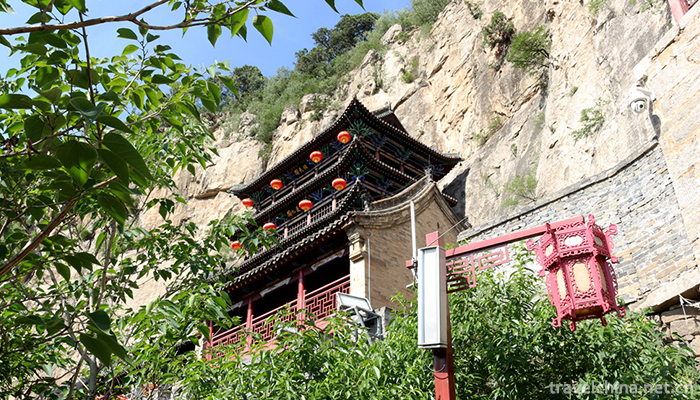
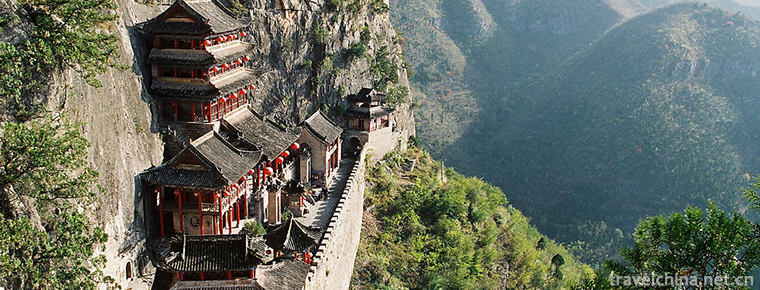
-
1.Chengde Summer Resort and its surrounding Temple scenic spot
Chengde Summer Resort and its surrounding Temple scenic spot, World Cultural Heritage, established in 1994. It is located in Chengde City, Hebei Province
Time 2018-11-24 -
2.Xibaipo Scenic Area Pingshan County Shijiazhuang
Xibaipo is located in the middle of Pingshan County, Shijiazhuang City, Hebei Province, with a total area of 16,440 square meters. It was the seat of the CPC Central Committee
Time 2018-11-24 -
3.Dajueshan Scenic AreaZixi County Fuzhou City
Dajueshan is located in Zixi County, Fuzhou City, Jiangxi Province. Dajueshan is rich in wildlife resources and widely distributed. It is praised by experts as "Natural Oxygen Bar, a rare gene ba
Time 2018-12-08 -
4.Dongping Lake Scenic Spot
The total area of Dongping Lake Scenic Spot is 627 square kilometers, the annual water surface is 209 square kilometers, the average water depth is 2.5 meters, and the total water storage is 4 billion
Time 2018-12-20 -
5.Korean Agricultural Music and Dance
"Agricultural Music and Dance" is commonly known as "Agricultural Music", which is spread in the Korean community of Jilin Province, Heilongjiang Province, Liaoning Province
Time 2019-04-16 -
6.Chun an Triangle Opera
Sanjiao Opera is one of the traditional operas in Hangzhou, Zhejiang Province. Chun'an folk custom is still singing and dancing. Every Spring Festival Lantern Festival, there are Nuo operas
Time 2019-04-22 -
7.Shaman Dance of Ewenki Nationality
Shaman dance of Ewenki nationality is a traditional dance of Ewenki nationality. It is a national cultural heritage of China and is spread in Genhe region of Inner Mongolia Autonomous Region.
Time 2019-04-28 -
8.Shoushan stone carving
Shoushan Stone Carving is a traditional folk carving art. It is made of Shoushan Stone, which is produced in the northern mountain area of Fuzhou. It is a small carving for people to enjoy through spe
Time 2019-06-15 -
9.Hong Xiuquan
Hong Xiuquan (January 1, 1814 - June 1, 1864) was famous for his show. In order to avoid God's "Huo Huo Hua", Jehovah "Homonym" has been changed to the present name, the founder of
Time 2019-09-07 -
10.Tongling University
Tongling University is a multi-disciplinary province. Undergraduate Regular institutions of higher learning It is the base for training and training talents of Finance and economics in Anhui province.
Time 2019-11-18 -
11.Wawushan National Forest Park
Wawushan National Forest Park is located in Hongya County, Meishan City, west of Sichuan Basin. It is 180 kilometers away from Chengdu and 100 kilometers away from Leshan. As of 1993, the park covers an area of 65869.80 hectares, rich in vegetation resources
Time 2020-10-15 -
12.Climate of Nanchong
Nanchong belongs to the subtropical humid monsoon climate. Compared with the Yangtze River Valley in the south of the basin, the temperature is relatively low, the rainy season is longer and the rainstorm is more. Compared with the Western Sichuan plain
Time 2020-12-17